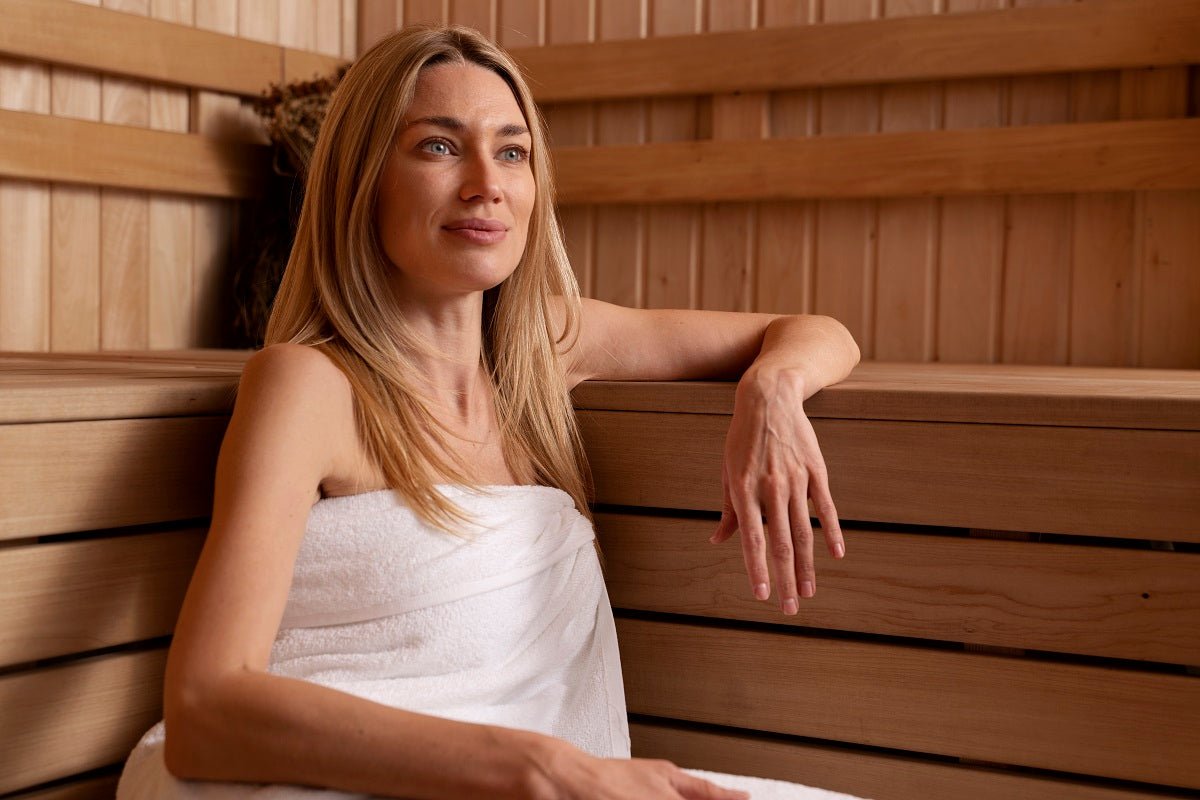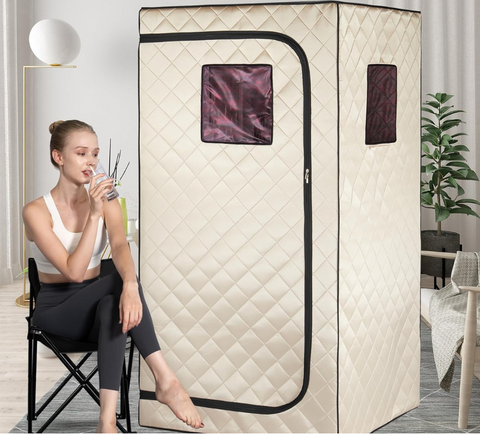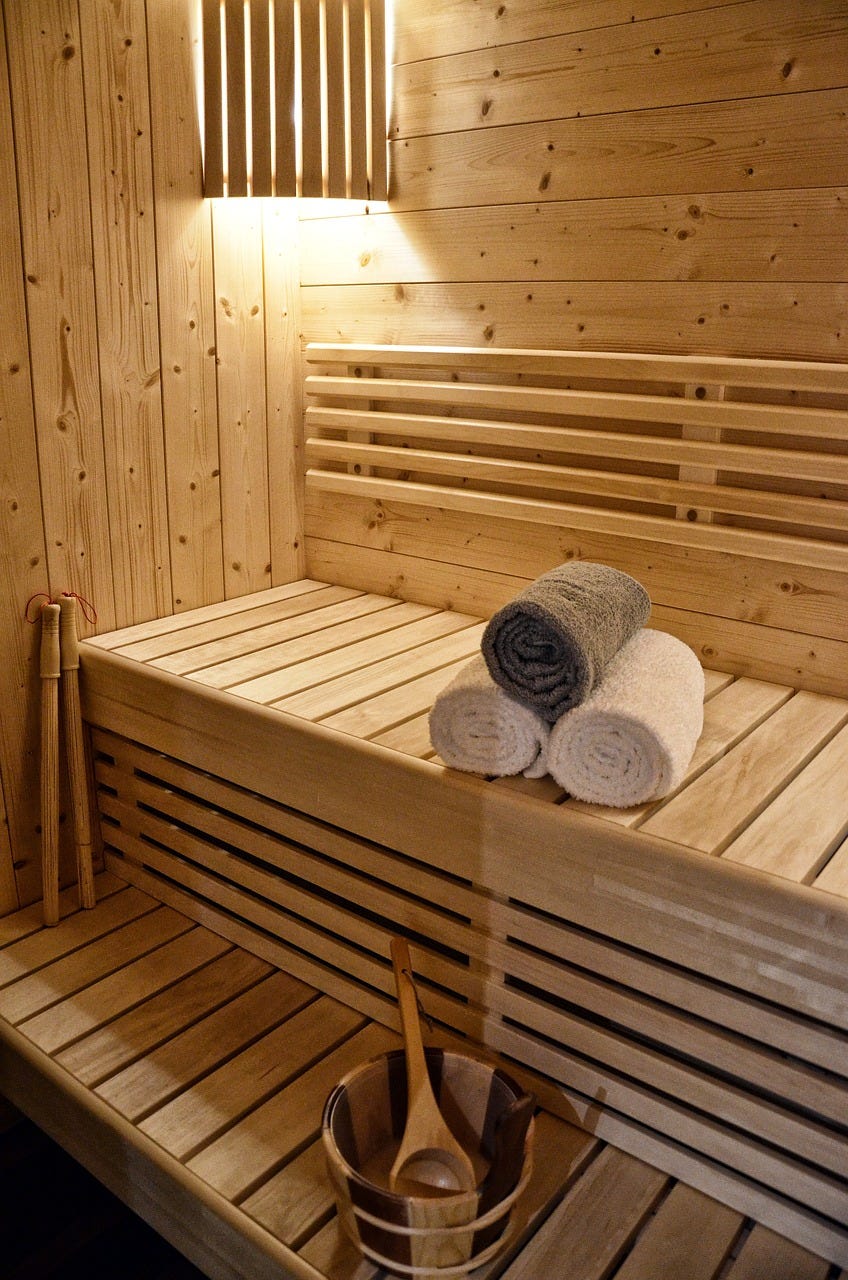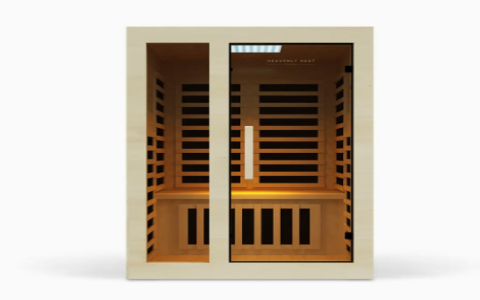Alright, so I’ve been mulling over getting one of those single-person saunas for a while now. You know, just a little something to unwind in after a long day, without having to build a whole darn room or go to a spa. The big question, though, was always the same: how much coin am I looking at dropping for one of these things?
My First Dive into the Sauna Market
So, I did what everyone does, I started digging around online. And let me tell you, the prices were all over the place. It wasn’t as straightforward as I thought. I saw some listed for what seemed like a steal, and others that made my eyes water a bit. It quickly became clear that “single-person sauna” is a pretty broad term.
I figured I needed to understand what makes one pricier than another. It’s not just a hot box, right? There’s gotta be more to it.
What I Learned Affects the Price Tag
After a fair bit of clicking and reading, and even chatting with a couple of sales folks (who were, you know, trying to sell me the moon), I started to get a clearer picture. Here’s what I found really moves the needle on the price:

- Type of Sauna: This was a big one. You’ve got your traditional saunas with hot rocks and steam, and then you’ve got infrared saunas. Infrared seemed to have a wider price range, with some entry-level ones being quite a bit cheaper. Traditional ones, even small, often felt a bit more premium in their pricing from the get-go.
- Wood Material: This surprised me a little. The type of wood used makes a difference. Cedar is often touted as the good stuff, and it usually comes with a higher price. Hemlock or pine are often on the more budget-friendly side. I guess it’s about durability and how well it handles the heat and moisture.
- Heater Quality and Type: For infrared, the type and number of heaters (carbon vs. ceramic, for example) play a big role. More heaters, or ones that claim better heat distribution, will bump up the cost. For traditional, the quality of the stove matters.
- Features and Extras: Oh boy, the extras! Some come with built-in sound systems, fancy lighting (chromotherapy, they call it), ergonomic backrests, digital controls, all that jazz. Each little bell and whistle adds to the final figure. I saw some basic ones that were just the box and the heater, and then others that were like a mini entertainment pod.
- Brand Reputation: Like with anything, well-known brands often charge more. Sometimes it’s for better build quality or warranty, sometimes it’s just the name.
- Size (even for one person): “Single person” can mean a cozy fit or a bit more wiggle room. The slightly larger “one-person” models naturally cost a bit more due to more materials.
My Actual Price Hunting Experience
So, putting all that together, here’s roughly what I was seeing. And remember, this is just from my own poking around, things can change.
I saw some really basic, no-frills infrared saunas starting around, say, $1,000 to $1,500. These were usually smaller, maybe made of hemlock, with basic carbon heaters. Perfectly functional, I reckon, if you just want the heat.
Then you get into the mid-range, maybe $1,800 to $3,000. Here, you start seeing better wood, more heaters or different types of infrared heaters, maybe some nicer controls or a basic radio. Some smaller traditional saunas might start appearing in the upper end of this bracket.
Once you go above $3,000, and especially up to $5,000 or more for a single person unit, you’re looking at the premium stuff. Top-quality cedar, full-spectrum infrared, lots of fancy features, well-known brands with long warranties. These are the ones that look really slick.

What I Decided (or am Still Deciding!)
For me, I wasn’t looking for the absolute cheapest, but I also didn’t need a Rolls Royce of saunas. I started leaning towards a decent infrared model. I figured the ease of use and potentially lower running costs were a good fit. I paid close attention to the type of heaters and the wood – cedar was tempting, but I had to weigh it against the cost.
I spent a good few weeks comparing models, reading reviews (so many reviews!), and trying to see if the extra cost for certain features was worth it for me. It’s easy to get swayed by all the cool add-ons, but I tried to stick to what I genuinely thought I’d use.
Honestly, I haven’t pulled the trigger just yet. I’ve narrowed it down to a couple of models in that $2,000 to $2,800 range. I’m just waiting to see if any sales pop up, or if I can find a local dealer to actually sit in one. That physical feel, I think, might be the final decider.
So yeah, that’s been my journey into the world of single-person sauna pricing. It’s not a simple answer, but hopefully, sharing my digging helps someone else figure out what they might be in for. It’s definitely an investment, so taking your time to research seems like the way to go.

